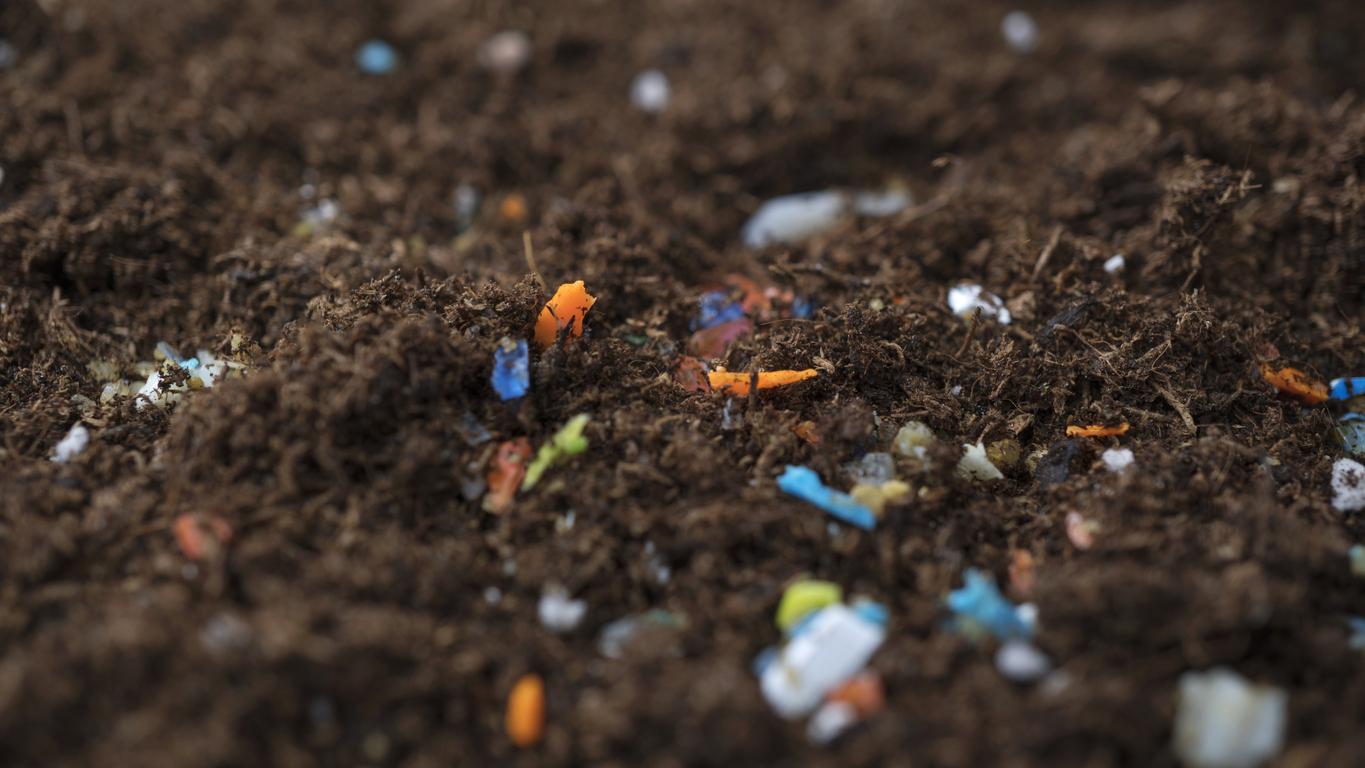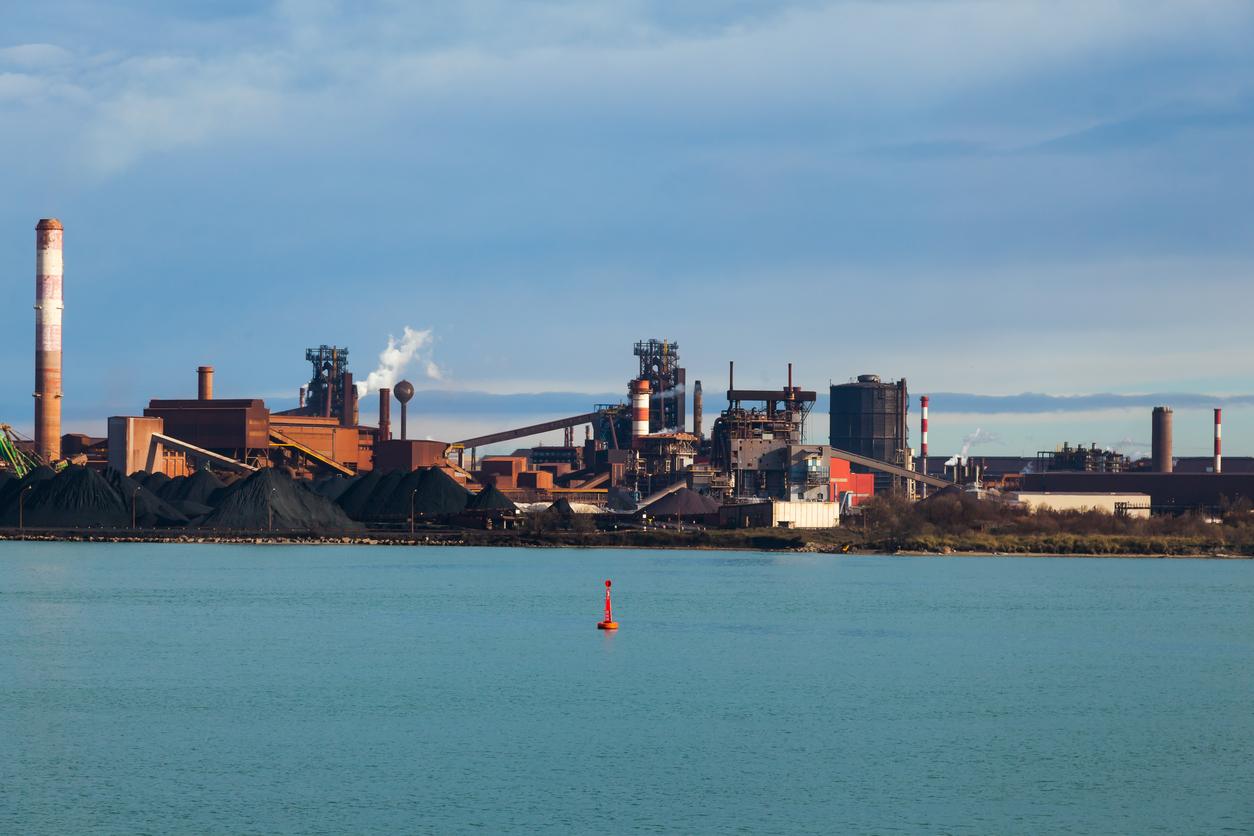If you already hate rush hours for traffic jams and the stress they bring, here’s one more reason: they’re also an explosive cocktail of pollution. A new study published in Atmospheric Environment reveals that pollution at peak times is twice as concentrated as previous work suggested. These used pollution sensors placed on the roads and recording particles and polluting substances on continuous samples of 24 hours. However, exposure changes rapidly depending on traffic and other criteria such as temperature or winds.
Damaged DNA cells
To counter measurement distortions due to the recording mode, the researchers changed their method. They placed sampling devices in the seats of 30 drivers during 60 trips during the morning rush hour. Some of the drivers drove on departmental or local roads and the other on very busy main roads in the city center. The scientists also varied the speed or the opening of the windows to obtain the most diverse measurements possible.
The results show up to twice as much polluted matter and particles in their sensors as in previous studies. The direct exposure for drivers is therefore higher and the level of risk also higher. These pollution peaks expose users to high chemical concentrations, with compounds responsible for increased oxidative stress. This phenomenon of DNA destruction plays a key role in the development of many diseases such as cancer, respiratory, heart and neurodegenerative diseases. Researchers therefore advise motorists to change their journey times if they can.
Read also :
Pollution: a Parisian lodges a complaint against the State
Vitamin B, a protection against air pollution?
Air pollution: France must improve
















